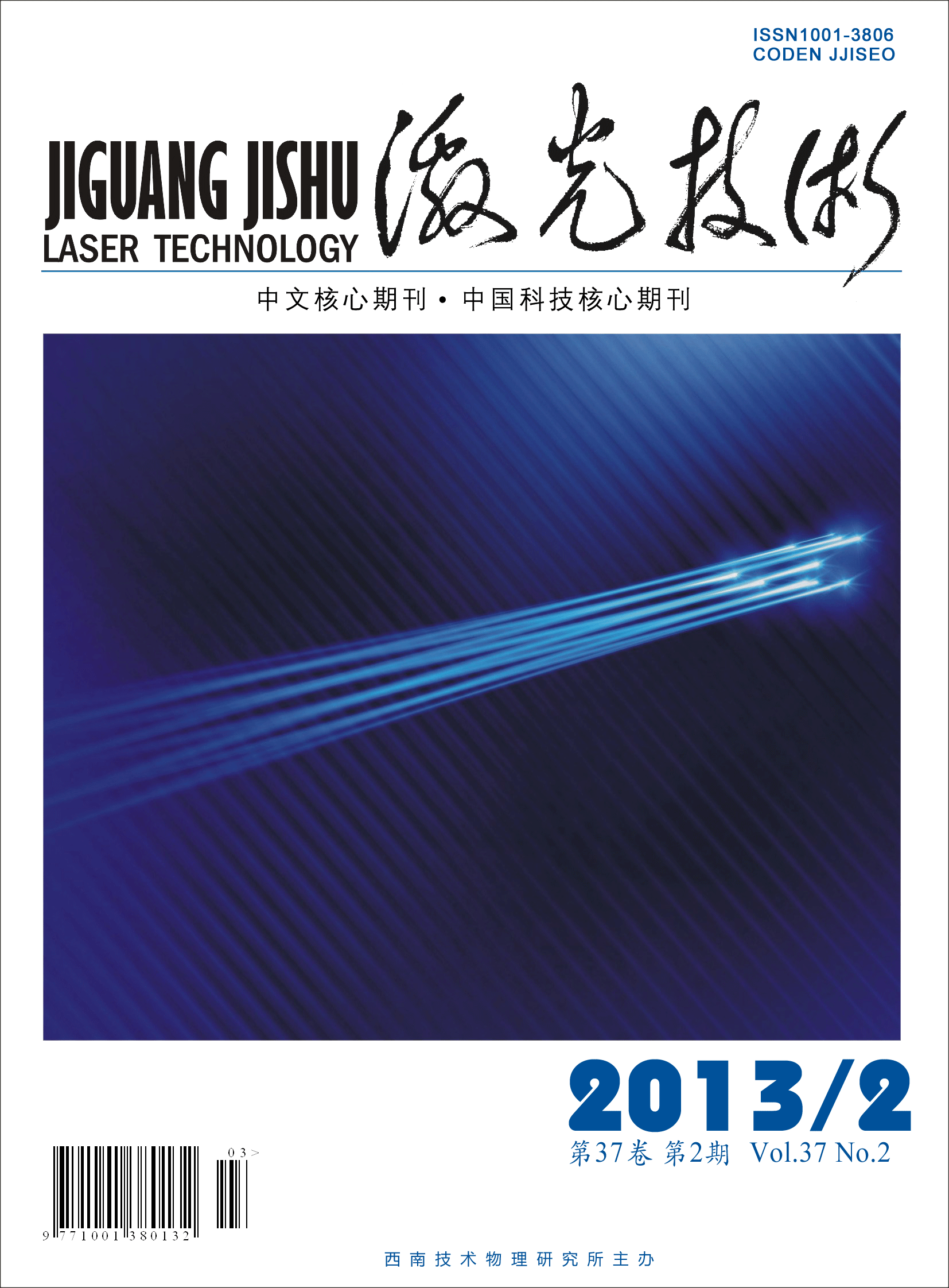激光技术, 2013, 37 (2): 251, 网络出版: 2013-03-27
紫外光无线传感器网络节能的研究与仿真
Research of energy-saving wireless sensor network based on UV light
光通信 紫外光通信 无线传感器网络 多跳通信 能量效率 optical communication ultraviolet communication wireless sensor network multiple hop communication energy efficiency
摘要
为了减少无线传感器网络节点的能量消耗,采用紫外光作为无线传感器网络的信息载体, 研究了紫外光传感器节点的能量模型。理论分析了单跳节能和多跳节能, 得出了计算最优跳数的数学表达式, 并对单跳通信、多跳通信和最优跳通信的平均能量消耗进行了计算机仿真, 仿真结果与理论分析一致; 对于多跳通信带来的能量消耗不均匀的问题, 利用移动sink节点来解决, 通过仿真对比了sink节点不同移动速率对网络平均能量消耗、丢包率和端到端时延的影响。结果表明, 借助移动sink节点可以降低网络的平均能量消耗, 但要根据场景选择合适的移动速率。
Abstract
In order to decrease the energy consumption of wireless sensor network nodes, ultraviolet was utilized as the signal carrier of wireless sensor network. Firstly, the energy consumption of single hop and multiple hops were studied based on the energy model of UV light sensor nodes, then the mathematical expression for calculating optimum hops was obtained. The average energy consumption of single hop communication, multiple-hop communication and optimum communication were simulated, and the simulation results were consistent with theoretical analysis. Mobile sink node can resolve the uneven energy consumption problem resulting from multiple hop communication. The influence of network average energy consumption, loss packet ratio, and delay under different mobile velocity of sink node was simulated and analyzed. The simulation results indicate that the different mobile velocity of sink node have different influence on the network’ performance, and that mobile sink node can decrease network average energy consumption by selecting suitable mobile velocity according to different scenes.
柯熙政, 陈锦妮. 紫外光无线传感器网络节能的研究与仿真[J]. 激光技术, 2013, 37(2): 251. KE Xi-zheng, CHEN Jin-ni. Research of energy-saving wireless sensor network based on UV light[J]. Laser Technology, 2013, 37(2): 251.




